White silhouette dance
Last Thursday I did a session with Susanne, the theme for that day was set to “new” sounds simple but in fact I think it’s very important to sometimes just do things differently. We are all busy and it’s easy to be caught up in a routine and before you know it you are repeating the same thing over and over again without any improvements or “freshness” especially in photography it’s (I think) very important to keep changing and evolving. So in this session I decided to do some “looks” I’ve been playing with in my head for some time but never really brought out to the studio. And as you all know I love motion so it’s no surprise that I involved some motion in the first setup I’m gonna show you guys today (it will be a two part series).
Now the first thing people will always ask me is “How was the light setup” so let’s get that out of the way first.
I always tell people to not over think the light setups, often when you see an image people will think that if the result is nice it should be crazy difficult to light, well the reality is totally different, most images you see that you REALLY REALLY love are in fact not that hard to shoot. For example with this setup I used a white seamless background and added two strobes fitted with the Elinchrom wide reflectors. I love these reflectors because they give you a tremendous amount of light spread and are great to light a white background without any problem.
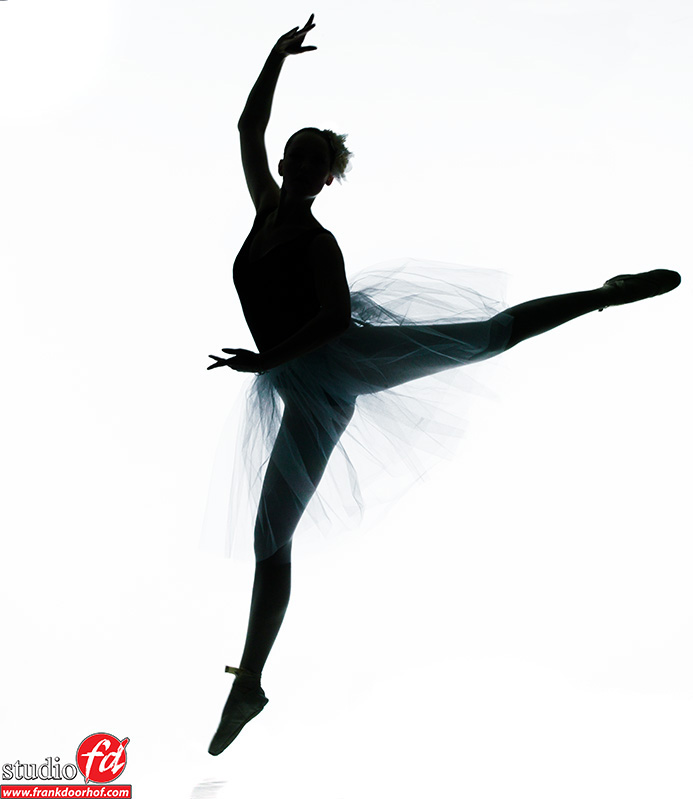
There was no front light used, meaning my model will be silhouetted, well actually it’s not that easy. When you really want a silhouette you must make sure that there is NO light hitting your model and normally I will do this by placing two flags next to the model, this will make sure that there is no light hitting the model making her dark. However in this case there is a lot of motion and the model will have to be able to move freely, so placing flags was not really an option in our situation.
 So in this case I had to use some Photoshop to make it work.
So in this case I had to use some Photoshop to make it work.
The first thing I did in Photoshop was to make sure that the contrast was raised in the images, at that time the model already was almost completely black, however as you can see in the images here you can see small accent lights on the models legs, face and arms. This is 100% intentional, I did not want my model to completely disappear and look like a cut out, so what I did was during the shoot I asked Susanne to choose her “action point” to be just in front of the strobes aimed at the background, this way her body picked up just a little bit of the strobes and the rest was added by the spill light in the studio. It’s not very easy to do and control but when you practice this you can find the balance between “too much” and “just enough” now just ask your model to stay in that area and if you’re lucky and coach your model correctly you will have little to no work in Photoshop.
In fact most of the work on these images were spend on the floor.
Normally when shooting with white backgrounds I will use plexiglass on the floor, this material is very shiny and can be bought in different colors and thicknesses. Because I love the effect it gives on both black and white (but also on all the other colors) I always choose the transparent versions. As you can read in the different article on white backgrounds it will give your model a very nice reflection (shadow) on the floor and make sure that all the floor is a pure white. However in this case plexiglass was out of the question. Because of the shoes and movement it would be very dangerous to let het make the jumps and poses on a slippery floor so I ended up with a nasty dark area on the floor. In Photoshop I cloned this out and recreated the shadows on the floor.
 One could argue and say “why not leave the shadows out” but for me that doesn’t work. If there is light there will be shadows, so it would look very unnatural for me if a model was just floating there on a white seamless background, the shadow makes the connection with the “real world” and giving me the suggestion that the model is really there. So never forget this it will really make your shots stand out.
One could argue and say “why not leave the shadows out” but for me that doesn’t work. If there is light there will be shadows, so it would look very unnatural for me if a model was just floating there on a white seamless background, the shadow makes the connection with the “real world” and giving me the suggestion that the model is really there. So never forget this it will really make your shots stand out.
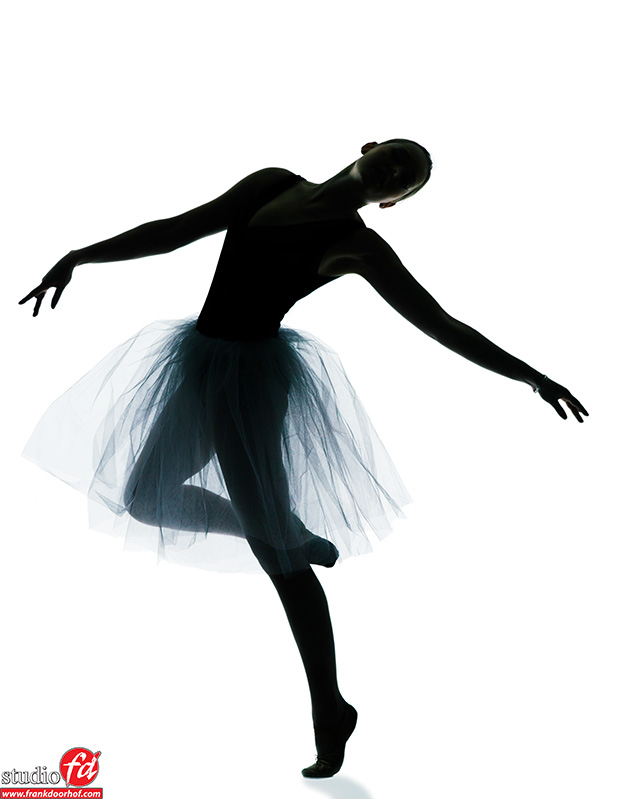 Posing wise this is always a challenge when you are shooting silhouettes. And although I hardly ever do series like this it’s very comparable to shoots with edge lights. You have to make sure that the pose itself is a much as possible aimed towards the silhouette. Now this sounds very obvious but realize that a lot of people will forget and let the model pose like she would do normally only to find out in the final shots that you can’t see the details you’re expecting and ending up with images that look awkward because you can’t see an arm, or no facial features are shown. By coaching your model to choose the right angles this is solved quite easily. But it takes some practice.
Posing wise this is always a challenge when you are shooting silhouettes. And although I hardly ever do series like this it’s very comparable to shoots with edge lights. You have to make sure that the pose itself is a much as possible aimed towards the silhouette. Now this sounds very obvious but realize that a lot of people will forget and let the model pose like she would do normally only to find out in the final shots that you can’t see the details you’re expecting and ending up with images that look awkward because you can’t see an arm, or no facial features are shown. By coaching your model to choose the right angles this is solved quite easily. But it takes some practice.
As you know I’m a big fan of shooting tethered and in this kind of setups you can really benefit from this, the immediately feed back on the screen is priceless and gives you a good idea of what’s going on. When you’re using a program like Capture One (Phase One), Lightroom or Aperture you can attach settings to the images coming in, meaning you can already see let’s say 80% of the final look while shooting (never forget to reset this when switching to the next set by the way).
If you like what we do here, and want to support the blog please buy from our affiliate companies by following the links or the links below.

Want to be inspired by the best, make sure to get a subscription to Kelbytraining via this link?
Even the pros get their inspiration from them 🙂

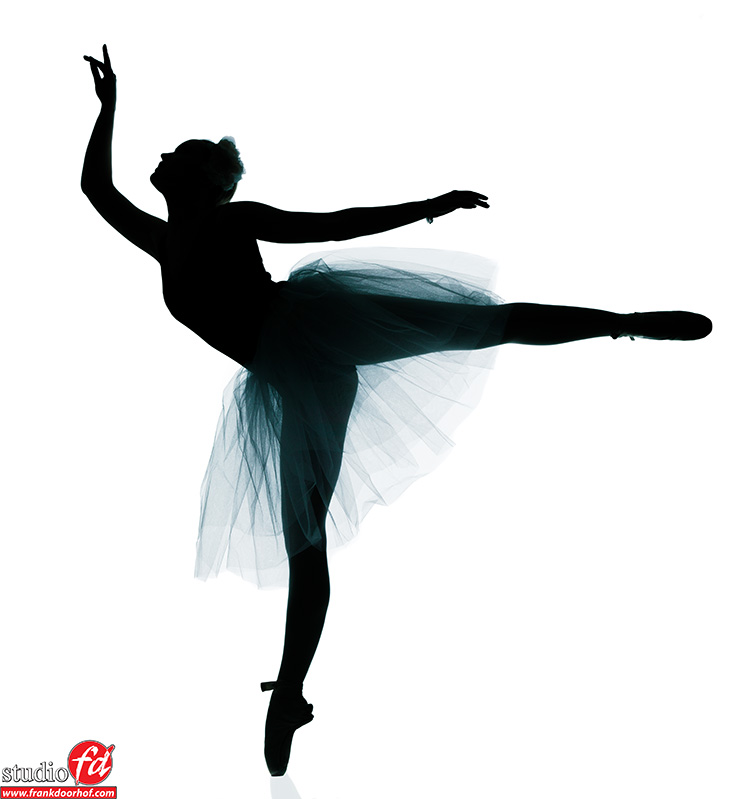
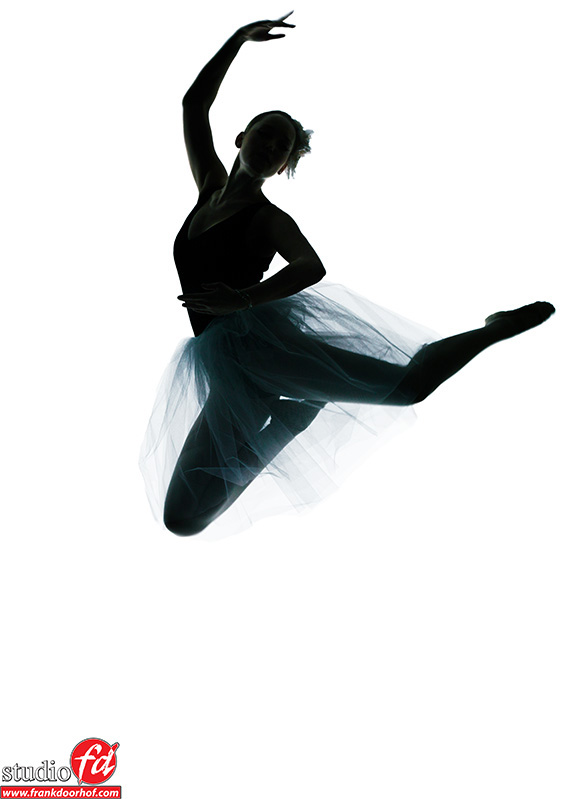

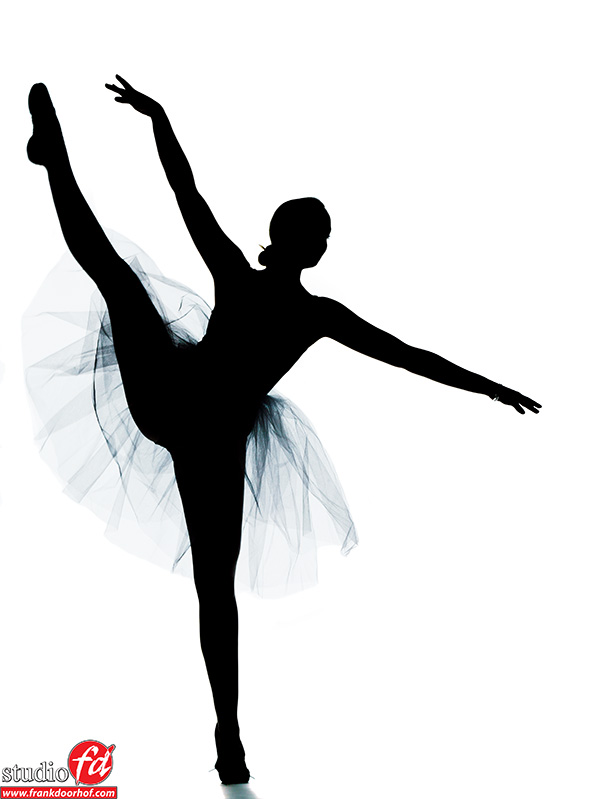

Frank, while I love the concept and lighting, the poses are lacking for me. I don’t know if it is the talent level of the dancer or mistiming on your part. There’s just something not right with the images.
As a photographer who has worked with numerous professional ballerinas, I can honestly tell you these frames would have not made it past my second round of culling (by my standards as well as the dancer’s). Did you show the images to Susanne? What did she think of her lines?
Regardless, I do look forward to your second round of images with this concept. It takes a lot of effort to get your timing perfect with dancers. Keep up the great work.
She’s just having fun. Didn’t dance in years. So no pro dancer. Far from that 😉
As long as everyone is having fun, keep shooting it!
I totally agree – this is the reason i was looking on your site today! im going to follow your advice
I like the ligthing, the idea and honestly but talking about silhouettes I like the First shot but specially the Last one.
top draw Frank! great images